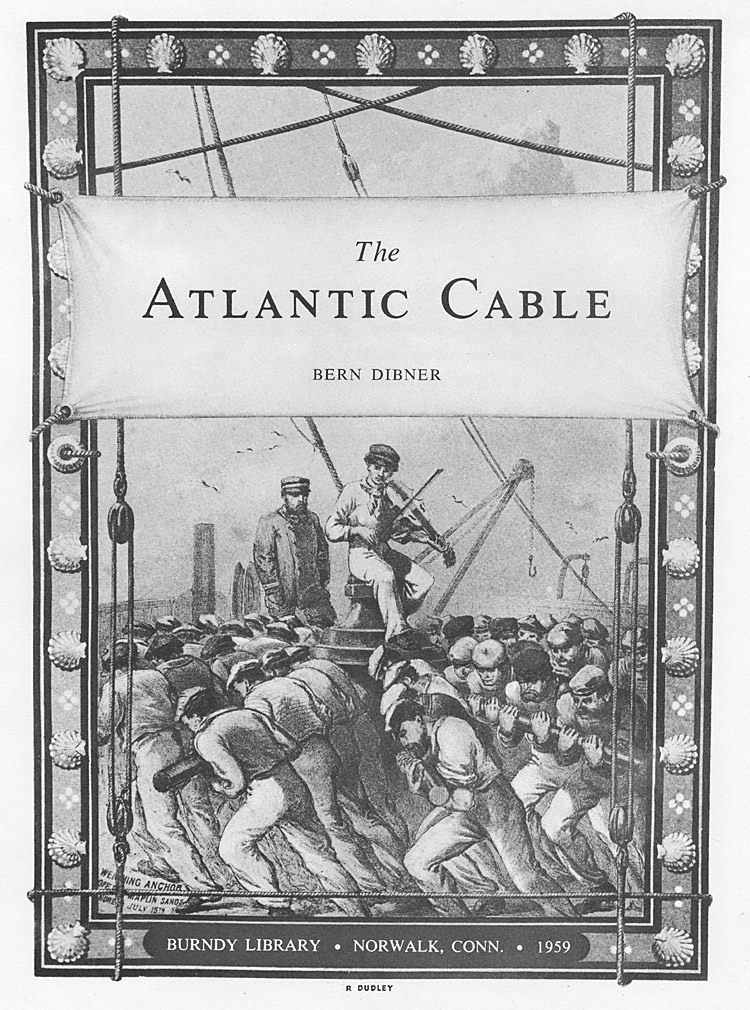Dolores L Augustine: Red Prometheus: Engineering and Dictatorship in East Germany, 1945-1990 (2007)
Filed under book | Tags: · cold war, communism, east germany, engineering, germany, history of science, history of technology, ideology, politics, socialism, soviet union, technology

“In Cold War-era East Germany, the German tradition of science-based technology merged with a socialist system that made technological progress central to its ideology. Technology became an important part of East German socialist identity—crucial to how Communists saw their system and how citizens saw their state. In Red Prometheus, Dolores Augustine examines the relationship between a dictatorial system and the scientific and engineering communities in East Germany from the end of the Second World War through the 1980s.
Drawing on newly opened archives and extensive interviews, and including many illlustrations and photographs that have never before been published, Augustine looks in detail at individual scientists’ interactions with the East German system, examining the effectiveness of their resistance against the party’s totalitarian impulses. She explains why many German scientists and engineers who were deported to the Soviet Union after World War II returned to East Germany rather than defecting to the capitalist West, traces scientists’ attempts to hold on to some aspects of professional autonomy, and describes challenges to their professional identity on the factory floor. Augustine examines the quality of science and technology produced under Communist rule, looking at failed research projects and clashing cultures of innovation. She looks at technological myth-building in science fiction and propaganda. She explores individual career strategies, including the role played by gender in high-tech professions, and the ways that both enterprises and individuals responded to increasing state and party control of research during the 1980s. We cannot understand the economic choices made by East Germany, Augustine argues, unless we understand the cultural values reflected in the East German belief in technology as indispensable to progress and industrial development.”
Publisher MIT Press, 2007
Transformations: Studies in the History of Science and Technology series
ISBN 0262012367, 9780262012362
381 pages
Bern Dibner: The Atlantic Cable (1959)
Filed under book | Tags: · history of science, history of technology, science, technology, telegraphy

“Bern Dibner wrote a lucid chronological history of the laying of the Atlantic Cable. He covers the early experiments of Morse in New York Harbor in 1842; Ezra Cornell’s laying of a line across the Hudson River in 1845; the five actual attempts at laying the cable; and the eventual success in completing two telegraph circuits connecting Newfoundland and Ireland in 1866.
Cyrus Field was, in the words of William Thomson (later Lord Kelvin), the “originator and mainspring” of the project, which was regarded as foolhardy in many quarters. At the outset in 1854, Field realized that many electrical, mechanical, oceanographical, and nautical problems would have to be solved. Having sought and obtained encouragement of specialists in each of these areas, he was able to raise the necessary capital to finance the design, manufacture, transportation, and laying of the submarine telegraph cable. Field did not foresee, however, that the enterprise would take twelve years and forty long, hazardous trans-Atlantic crossings (the first by sailing vessel); that it woudl touch the fields of science, politics, finance, and geography; and that it would cost $12,000,000.
This book makes clear the roles of Field and Morse and Thomson, of the ships’ captains and the financial backers, and of all those who played a part in the courageous undertaking.” (source)
Publisher Burndy Library, Norwalk/Connecticut, 1959
96 pages
via Smithsonian Libraries
Videos about the transatlantic telegraph cable (via Marcell Mars):
The Great Transatlantic Cable (PBS, 120 min), torrent
Modern Marvels S01E06 – Transatlantic Cable (44 min)
History Detectives – Transatlantic Cable (PBS, 16 min)
PDF (no OCR)
Comment (0)Ray Monk: Inside the Centre: The Life of J. Robert Oppenheimer (2012)
Filed under book | Tags: · biography, history of science, science

J. Robert Oppenheimer is among the most contentious and important figures of the twentieth century. As head of the Los Alamos Laboratory, he oversaw the successful effort to beat the Nazis to develop the first atomic bomb – a breakthrough which was to have eternal ramifications for mankind, and made Oppenheimer the ‘father of the Bomb’.
Oppenheimer was a man of diverse interests and phenomenal intellectual attributes. His talent and drive allowed him as a young scientist to enter a community peopled by the great names of twentieth-century physics – men such as Bohr, Born, Dirac and Einstein – and to play a role in the laboratories and classrooms where the world was being changed forever.
But Oppenheimer’s was not a simple story of assimilation, scientific success and world fame. A complicated and fragile personality, the implications of the discoveries at Los Alamos were to weigh heavily upon him. Having formed suspicious connections in the 1930s, in the wake of the Allied victory in World War Two, Oppenheimer’s attempts to resist the escalation of the Cold War arms race would lead many to question his loyalties – and set him on a collision course with Senator Joseph McCarthy and his witch hunters.
As with Ray Monk’s peerless biographies of Wittgenstein and Bertrand Russell, Inside the Centre is a work of towering scholarship. A story of discovery, secrecy, impossible choices and unimaginable destruction, it goes deeper than any previous work in revealing the motivations and complexities of this most brilliant and divisive of men.
Publisher Jonathan Cape, an imprint of Random House, London, 2012
ISBN 022406262X, 9780224062626
818 pages
review (Miranda Carter, The Telegraph)
review (John Gray, Literary Review)
review (Martin Underwood, The British Journal for the History of Science)
Oppenheimer’s life in 600 tweets (?!)
publisher
google books
PDF (MOBI)
Comment (0)
